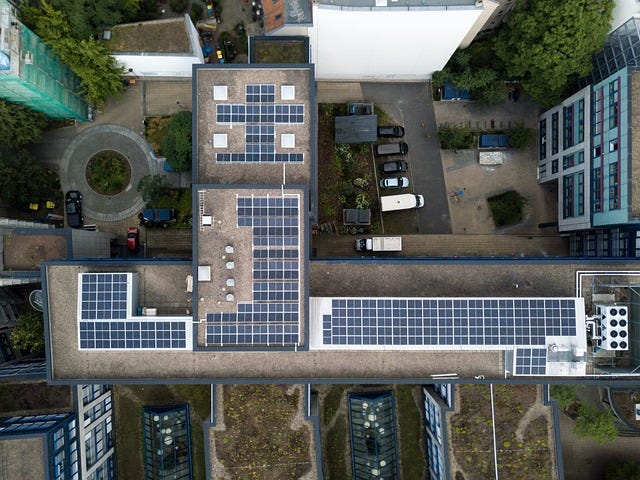Last year, China installed 55GW of rooftop solar capacity – substantially more than what would be required to power the whole of South Africa during daylight hours.
To put things into perspective, about a fifth of all the solar panels installed globally in 2022 were on China’s rooftops.
This feat was achieved partly thanks to an ambitious three-year national programme called “whole-county rooftop solar”.
Under this scheme, large developers – often state-owned entities – are tasked with managing the programme in their particular city or region, working with networks of smaller local players whose job is to identify suitable rooftops and secure project development rights.
In some instances, the panels are owned by the household, which sells surplus power back to the developer, explains Ember. In other cases, the panels are owned by the developer, which provides the participating household with discounted electricity.
This approach “enables a fast roll-out and cheap prices”, Ember notes. By doing things at scale, cheap financing can be secured, and all components can be purchased at wholesale prices.
Things are moving seriously fast. By the end of 2023, each regional developer needs to have commissioned installations to cover 50% of the available area at government buildings, 40% at schools and hospitals, 30% for industrial buildings and 20% for rural households.









2 Responses